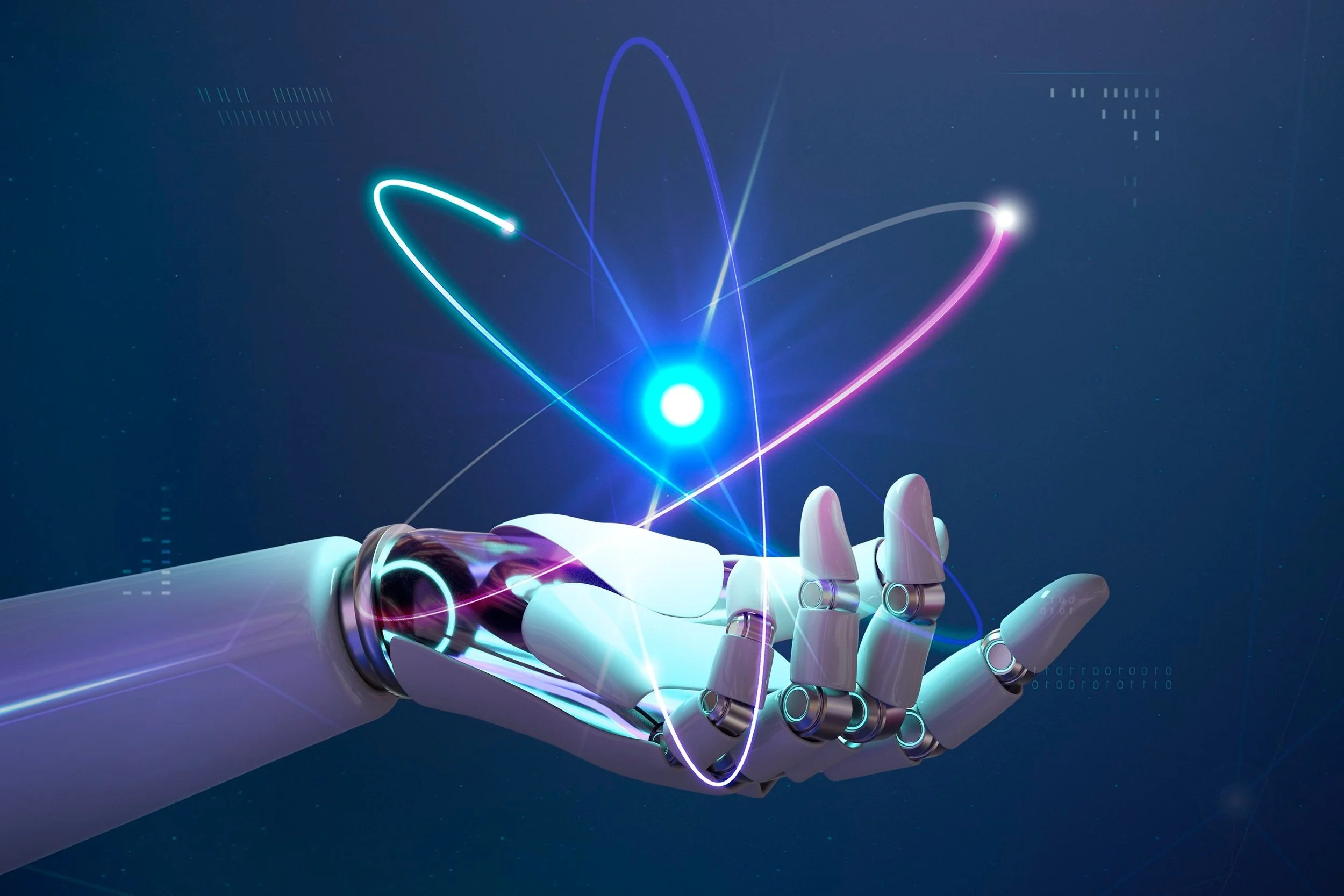Blog | 09-Jul-2025
Automation for Every Business Process: From Manual to Machine
AUTHOR
Joe Trapani
SVP, Chief Technology Officer
Automation is not about replacing people. It is about enabling them.
Businesses are being asked to do more with less across industries like mortgage, financial services, and insurance. Rising compliance burdens, evolving customer expectations, and the pressure to scale sustainably mean that every manual process is a potential liability.
That is why automation is no longer optional—it is essential. Yet, successful automation does not come from flashy tools or blanket solutions. It comes from understanding operations deeply, starting with what is in place, and thoughtfully bridging the gaps to create systems that work in the real world.
The Hidden Costs of Manual Work
Human Error
Even the best-trained teams make mistakes. Manual data entry and task execution are prone to minor oversights that can escalate quickly, especially in high-compliance industries.
Manual processes often seem cheaper or safer, but they rarely are. They carry long-term costs that are difficult to track and even harder to justify:
Delayed Turnarounds:
Manual work creates bottlenecks. Handoffs between teams take time. Backlogs build. Customers wait.
Compliance & Regulatory Risk:
When documentation is inconsistent and processes vary, audit trails break down, and exposure increases.
Customer Trust:
In today’s service economy, speed and accuracy are not differentiators – they are expectations. Delays or confusion can lead to reputational damage.
Scaling Challenges:
Scaling manual systems usually means adding headcount. That is rarely sustainable, especially for high-growth or cost-sensitive organizations.
The actual expenses of manual labor are often higher than they first seem. And doing nothing can cost the most of all
Automate not just to get tasks done, but to drive measurable results that improve efficiency, accuracy, and experience and the most effective automation strategies begin by identifying the right opportunities:
Repetitive tasks with clear rules
Processes that scale inconsistently
Processes that experience frequent delays
Operations that rely on manual coordination between systems or teams
Areas prone to non-compliance or error
Automate for Outcomes, Not Just Activity
Done right, automation delivers these key things consistently:
Efficiency
Reduced turnaround times and lower labor intensity.
Accuracy
Standardized execution with fewer errors.
Visibility
Real-time insight into processes and performance.
Scalability
Enables systems to adapt and grow seamlessly, without the need for increased labor
Just as importantly, intelligent automation includes a human-in-the-loop design. Risk-sensitive decisions should never be fully automated without oversight. Technology should enhance judgment, not bypass it.
The Role of AI in Smarter Automation
Examples of high-impact AI applications include:
Generative AI has reshaped how we think about automation, but its impact depends on context. The real opportunity lies in building AI that works with your workflows, not outside of or on top of them.
Private Language Models:
Deployed securely inside an enterprise to protect sensitive data while offering AI-powered assistance
Document-Aware Chatbots:
AI trained on internal playbooks, policy documents, and guidelines to respond contextually to employee queries.
Task Agents:
AI-driven assistants that pre-process data, flag inconsistencies, or summarize content for faster decision-making.
From Manual to Machine: A Blueprint for Change
Organizations do not need to rip and replace everything to benefit from automation. The most sustainable transitions often happen in small, strategic steps:
Map what’s real: Understand how work happens. Interview stakeholders. Study process logs. Do not rely on existing SOPs only.
Spot the inefficiencies: Look for delays, handoffs, error-prone steps, and high-touch manual activities.
Start small: Choose one or two high-impact areas. Prove the value of automation before expanding.
Work with what you have. Good automation adapts to existing systems and does not require massive new investments.
Track, measure, and evolve: Build in feedback loops. Update the automation as needs shift or exceptions emerge.
The best systems are iterative, not set-it-and-forget-it. You design for evolution, not just execution.
The future of automation is not about blanket AI solutions or zero-touch processes. It is about context-aware workflows that combine the best of people, processes, and technology.
Some decisions - especially those tied to regulatory or financial risk - may always need human oversight. But many others can and should be delegated to intelligent systems that are fast, reliable, and cost-effective.
As technologies mature, expect to see:
Greater use of agentic AI: systems that can complete multi-step tasks and recommend decisions, with final sign-off from humans.
Increased workflow abstraction: less focus on linear processes, more focus on outcomes.
More modular automation: reusable solutions that slot easily into different organizations and teams.
The future of automation lies in intelligent, adaptable systems that seamlessly blend human insight with machine precision.
It isn't a switch you flip. It is a mindset, and a commitment, to design systems that scale without breaking, evolve without disrupting, and empower without replacing.
Done right, automation is the quiet engine behind a more innovative, more resilient business.












